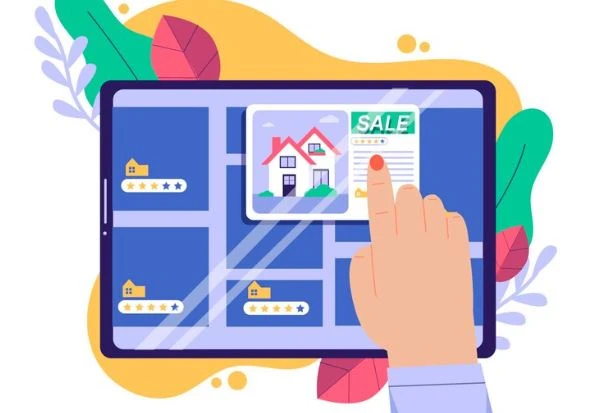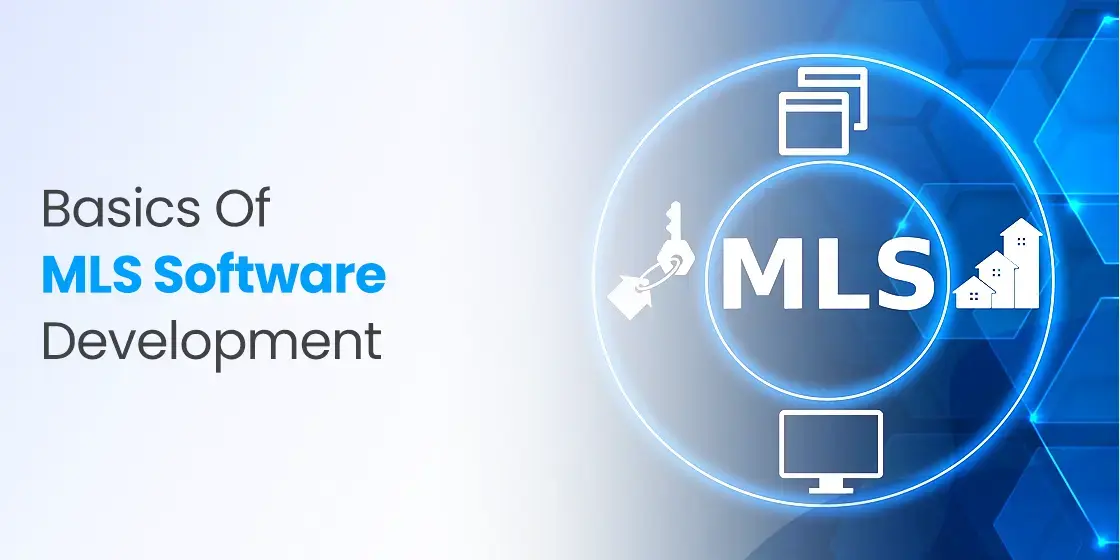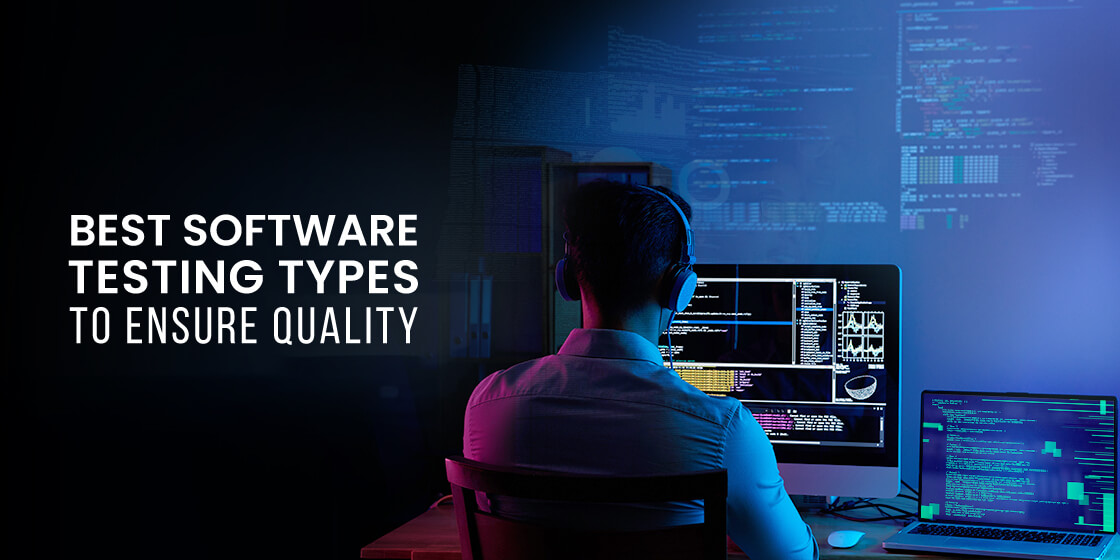Table of Content
Learn the Best Practices of Custom MLS Software Development
Real estate businesses need a digital system that can handle their daily property listing tasks easily. Some companies go for prebuilt solutions, while some prefer building custom software. Ideally, the latter option is recommended best for real estate companies, because custom solution always gives you the flexibility to program MLS features as per the needed requirements. This is why knowing about custom MLS software development is important, as it allows you to build cutting-edge property listing systems according to your own demands.
Developing an MLS system from scratch is however not an easy job. It not only requires in-depth technical expertise, but also a thorough understanding of the realtor market. If you don’t have any of these, try to take software development services from any professional agency. It helps you to get onboard with seasoned professionals who are well versed in building different types of MLS software with ease. This development method is well preferred for those who do not have internal teams to manage software development jobs.
If you want to learn custom MLS software development by yourself, this blog will prove to be a good reading source for you. It will let you know the basics of MLS software development, as how it is built and what type of technologies it uses for front and backend development. Let’s first take a look at the core definition of MLS below and understand why it is needed by real estate companies.
What is Multiple Listing Service (MLS)?

A Multiple Listing Service (MLS) software is a centralized digital platform used in the real estate industry to facilitate collaboration and information sharing among real estate professionals. It enables real estate brokers, agents, and appraisers to list properties for sale or rent, providing detailed information such as price, location, property features, and images. The software functions as a repository that aggregates property listings from different contributors, ensuring that members have access to a comprehensive and up-to-date database.
MLS software offers robust tools for searching, comparing, and analyzing properties. Users can filter searches based on criteria like price range, neighborhood, property type, or square footage. Additionally, MLS platforms often include advanced features such as integrated mapping, market analytics, and automated alerts for new listings or price changes. By providing a standardized interface and data structure, the software streamlines the buying and selling process, making it more efficient and transparent for all parties involved.
Custom MLS Software Development: Key Tips to Follow

To build a custom MLS software, you need to follow a precised way of development. This allows you to build MLS system in an organized manner, keeping all the development, testing, and security protocols in check. Let’s take a look at these development tips below.
Research the Industry
Conducting market research before developing MLS software for a real estate business begins with identifying the target audience and understanding their needs. This involves segmenting the real estate market to focus on agents, brokers, buyers, and sellers, and analyzing their challenges with existing MLS solutions. Use surveys, interviews, and focus groups to gather qualitative insights into user expectations, pain points, and desired features.
Next, assess the technological landscape and functional requirements in the real estate industry. Analyze the tech stack commonly used in MLS systems, such as APIs for property data integration, cloud hosting for scalability, and advanced search algorithms. This research ensures the software remains compatible with modern tools and emerging technologies.
Fuel innovation by leveraging bespoke software solutions. Get in touch with our team of experts to build cutting-edge software products.
Get a QuotePick Development Stack
When initiating the development process for your MLS software, it is crucial to prioritize the design and structure of the underlying infrastructure. This involves establishing a scalable, secure, and efficient framework that will serve as the backbone of your application. Start by analyzing the specific needs of your software. This will guide your decision-making in selecting the optimal architecture for the product.
Selecting the right technology stack is a critical step in the development process, as it dictates the performance, reliability, and maintainability of your MLS software. Evaluate and choose programming languages that align with the platform’s goals. By carefully aligning your technology stack with the requirements of your MLS software, you lay the groundwork for a platform that meets user expectations and adapts to future demands.
Start Software Development
To bring your MLS software to life, the first step is to create a Minimum Viable Product (MVP). An MVP allows you to develop a basic version of your software that includes some essential features. This initial iteration is a powerful tool for visualizing the design and functionality of the software. Share the MVP with key stakeholders, such as real estate agents, brokers, and technical advisors, to gather valuable feedback on usability, design, and performance.
Once the MVP is validated and approved, the next phase involves transitioning to the full development of your MLS software. This begins with writing code that implements the design and fulfills the requirements established during the planning phase. By combining user feedback from the MVP stage with robust coding practices, you can create a reliable and feature-rich MLS software platform effectively.
Test the Application
The concluding phase of the MLS software development process is testing and deployment. During the testing phase, the system undergoes rigorous evaluation to identify and rectify bugs, verify performance, and ensure compatibility with various devices and platforms. This step involves multiple levels of testing, such as unit testing, integration testing, system testing, and user acceptance testing.
Once testing is complete, the focus shifts to deployment. This phase involves releasing the software to its intended environment, whether on-premises or in the cloud, making it accessible to end-users. Together, testing and deployment represent the culmination of the development process, transforming the software into a functional, reliable solution ready to meet user needs.
Benefits of MLS Software

Getting a MLS software benefits a real estate business in a lot of ways. It not only simplifies property listing, but also provides great help in getting on-time market insights. Let’s take a look at more advantages of MLS software quickly below.
Greater Exposure
One of the most significant advantages of utilizing MLS software in the real estate industry is its ability to centralize and streamline property listing management. By offering a single, integrated platform, MLS software simplifies the process of showcasing properties to a broad audience.
Real-time Market Data
MLS software empowers real estate business owners with access to real-time market data and insights, enabling them to make informed decisions. By leveraging this technology, professionals can analyze current real estate prop tech trends, such as pricing fluctuations, inventory levels, and buyer demand, which are crucial for navigating the competitive real estate market.
Improved Efficiency
MLS software plays a pivotal role in streamlining operations within the real estate business, making daily tasks more efficient and organized. One of its key advantages is centralizing property data, creating a unified repository that stores all relevant information, such as property listings, client details, and market statistics.
Frequently Asked Questions
| What is MLS software? Real estate MLS (Multiple Listing Service) software is a platform that allows realtors to list, search, and manage property listings in a centralized database. It facilitates collaboration among agents, brokers, and buyers by providing up-to-date property information. |
| What are the benefits of MLS software? MLS software offers real estate professionals a centralized platform for accessing and sharing accurate, real-time property data, streamlining transactions. It enhances collaboration, increases visibility for listings, and improves efficiency in closing deals. |
| What is the cost of custom MLS software development? The cost of MLS software development is influenced by factors such as the complexity of features, customization requirements, and the technology stack used. Additionally, the development team’s location, and expertise also play significant roles in determining the overall cost. |
Final Words
That concludes our entire article in which we have discussed the key development practices of MLS software. It is undoubtedly a great software that allows realtors to streamline different types of operations. By getting a complete knowledge of custom MLS software development, realtors can build a cutting-edge system capable of managing all their routine tasks. This blog is therefore written to let them understand the entire process of MLS software development. It is certainly not an easy process, but with the right knowledge, can be done effectively as per the business requirements.
Empower your digital initiatives with BariTechSol, a premier custom software development company. Our skilled team tailors cutting-edge solutions to your unique needs. Elevate your tech experience and stay ahead in the digital realm. Partner with BaritechSol and code the success of your next big idea.


